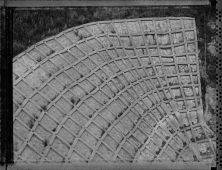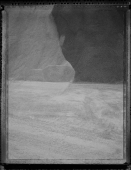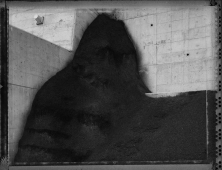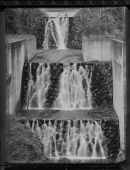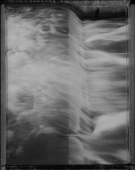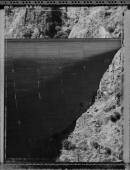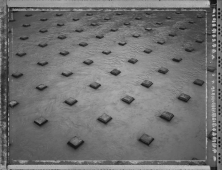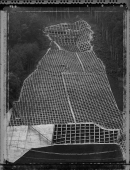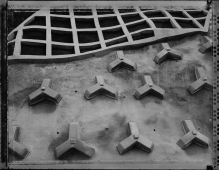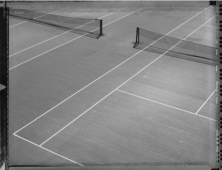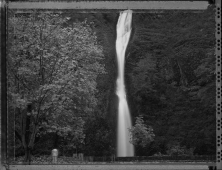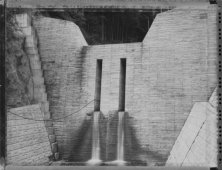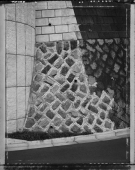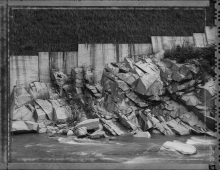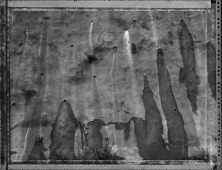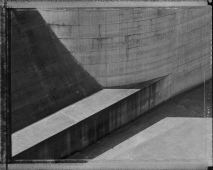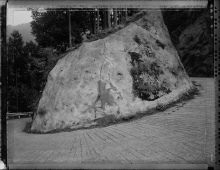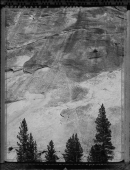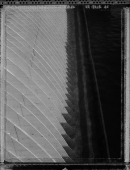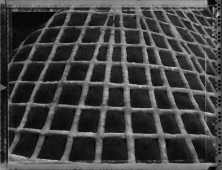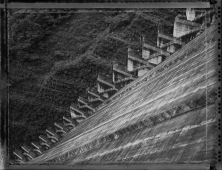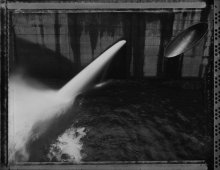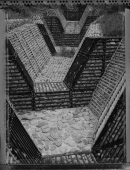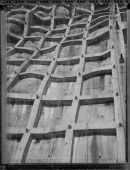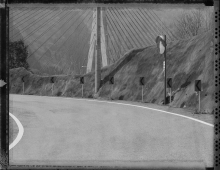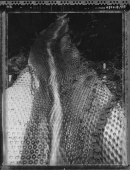Toshio Shibata
Toshio Shibata
Polka Gallery is pleased to announce Toshio Shibata’s exhibition, «Boundary Hunt», on view from November 11, 2022 to January 11, 2023. Read more
Inspired by the great masters of the American West Coast (Ansel Adams, Edward Weston and Robert Adams), Toshio Shibata, a Japanese photographer born in 1949, has devoted his entire career to landscape. It was upon his return to Japan in 1979, after studying at the Royal Academy of Fine Arts in Ghent, Belgium, that he found his favorite theme: infrastructure. Dams, suspension bridges, land reinforcements and other developments hypnotize him. «I tried to find something that had never been seen as a photographic subject, the kind of thing that others try to eliminate from their images.»
Shibata chooses his views for their pictorial possibilities. Like Paul Cézanne with Provence or still-life, a major influence for the Japanese: «Like him, I photograph motifs on which one does not stop. By distancing myself, the landscape comes to resemble a still-life.»
Between 2000 and 2004, Toshio Shibata began a period of experimentation during which he rediscovered the Type 55 film he had used as a student, and more than 400 shots were taken in Japan and the United States with this film. The chemical process of the film produced by Polaroid caused a break: during development, a border made up of raw, almost metallic lines and chemical traces appeared. Shibata decided to keep it. When I look at the resulting image,» he explains, «I find myself on the borderline between a photograph and a drawing.» This border will give its name to the series «Boundary Hunt» exhibited for the first time in France at the Polka gallery. A reference to the frame that is superimposed on the images, but also to the quest for new photographic frontiers.
With Boundary Hunt, Shibata also reinvents the staging of his work. He was used to a contemplative scenography, made of large format prints that encourage a slow reading of his images, but in this exhibition he wants to put the photographs in relation to each other in order to create a visual dialogue. He juxtaposes different planes, different points of view. Compositions playing on the extension of a curve that crosses a set of three disparate pictures or on a geometric pattern declined in several forms and at several scales. An entire wall of contact prints gives each viewer the opportunity to create their own associations and to immerse themselves in the heart of the disconcerting landscapes of a photographer who prefers the softness of lines to the brutality of an environmental battle.





